There are seven basic formal elements in art: Line, Shape and Form, Tone / Value, Texture, Colour, Space, Pattern.
The formal elements are what artists consider and use when making their artworks, either explicitly or subtly. Understanding the formal elements of art is important and will help you interpret and analyse different artworks.

Get art resources sent straight to your email:
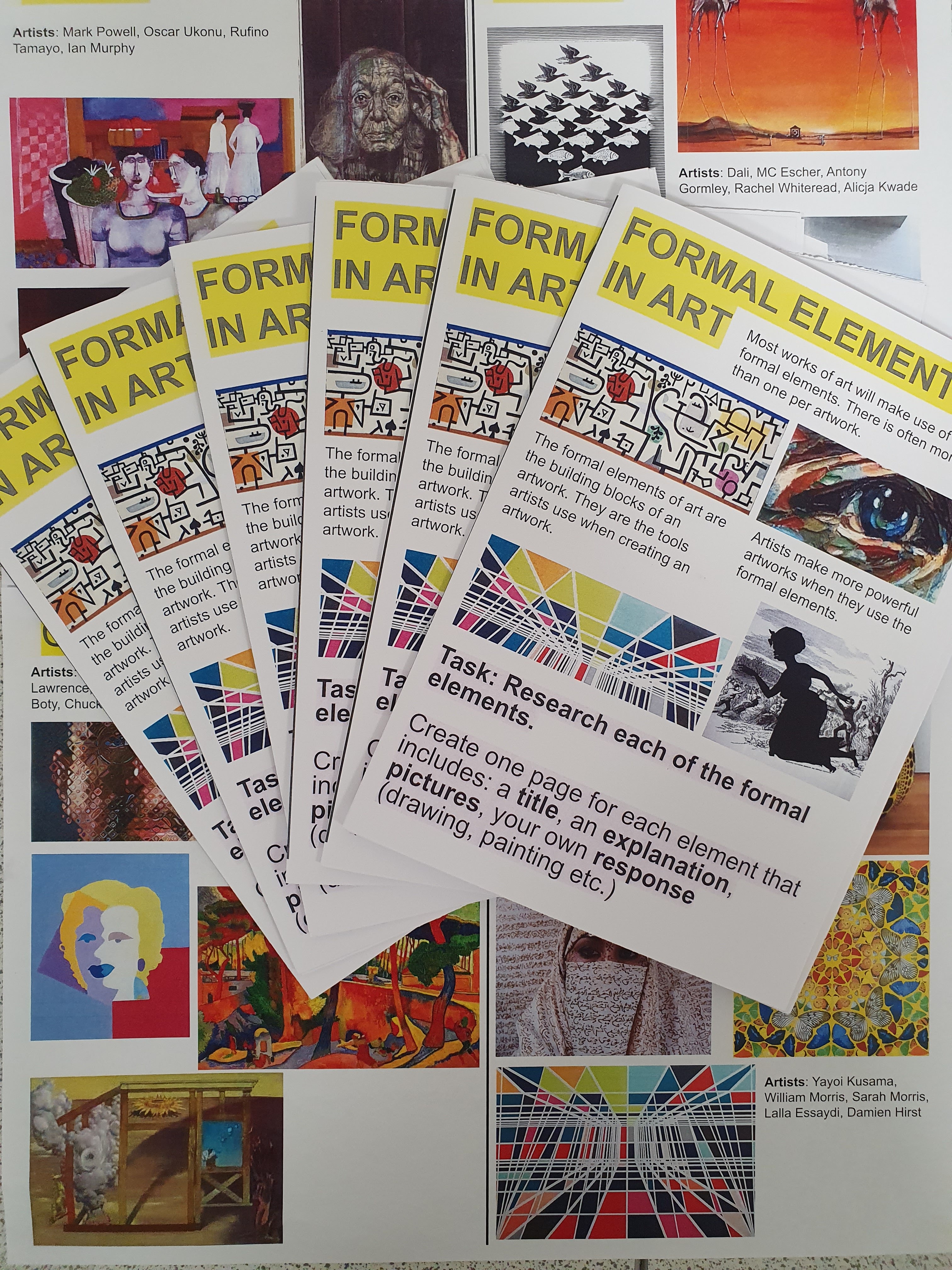
Teachers!
I have created a research task in the form of a printable booklet that you can give to your students. It has resources (pictures, artists and definitions) explaining the Formal Elements, and a set of tasks for students to create their own mini project.
Think of the formal elements as their own language when looking at an artwork – how has the artist used colour? To convey a mood or atmosphere? How has the artist used line? To create different areas in their work?
Some artists like to focus on just one or two formal elements in their artwork, however most artworks have a mix of elements in one piece. Usually, there will be one or two dominant formal elements that help to convey the meaning or mood of an artwork.
A guide to the Formal Elements of Art:
LINE:
Lines are marks made by a moving point. They can be straight, curved, thick, thin, horizontal, vertical, diagonal, dotted or dashed. Lines help define shapes and guide the viewer’s eye to a focal point in the artwork.
ARTIST LINKS:
Michael Craig Martin, Kandinsky, Paul Klee, Bridget Riley
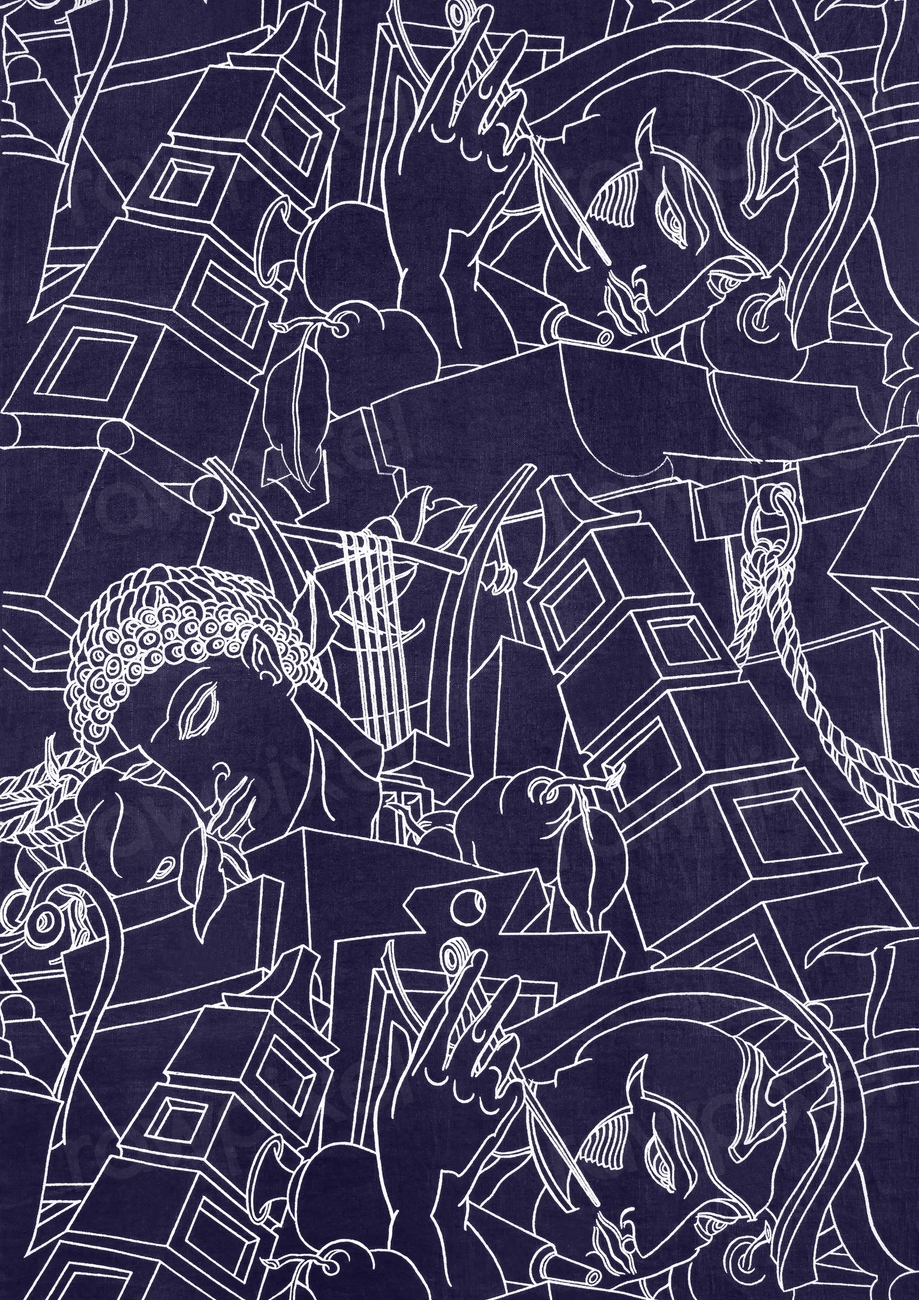
Artworks that explore the formal element ‘Line’
SHAPE:
Shapes are two-dimensional enclosed areas. They can be geometric (circles, squares, rectangles, triangles) or organic (freeform, natural, erratic and irregular). Shapes are used to create patterns and forms in a composition (layout). Shapes can sometimes be taken from letters and numbers.

FORM:
Form refers to the three-dimensional aspect of an object, adding depth and volume. Artists use shading, perspective, shadows and other techniques to create the illusion of three-dimensional form on a two-dimensional surface.
ARTIST LINKS:
Mondrian, Matisse, Kara Walker, Andy Goldsworthy, Claes Oldenburg

Artworks that explore the formal elements ‘Shape’ and ‘Form’
TONE / VALUE:
Tone (often called Value in America) is the degree of lightness or darkness in a colour. Artists use shading and highlighting to create a range of tones, adding dimension and depth to their work. Tone is often associated with blending and pencil work.
ARTIST LINKS:
Cath Riley, Evan Gruzis, Ryan Travis Christian, Josef & Anni Albers
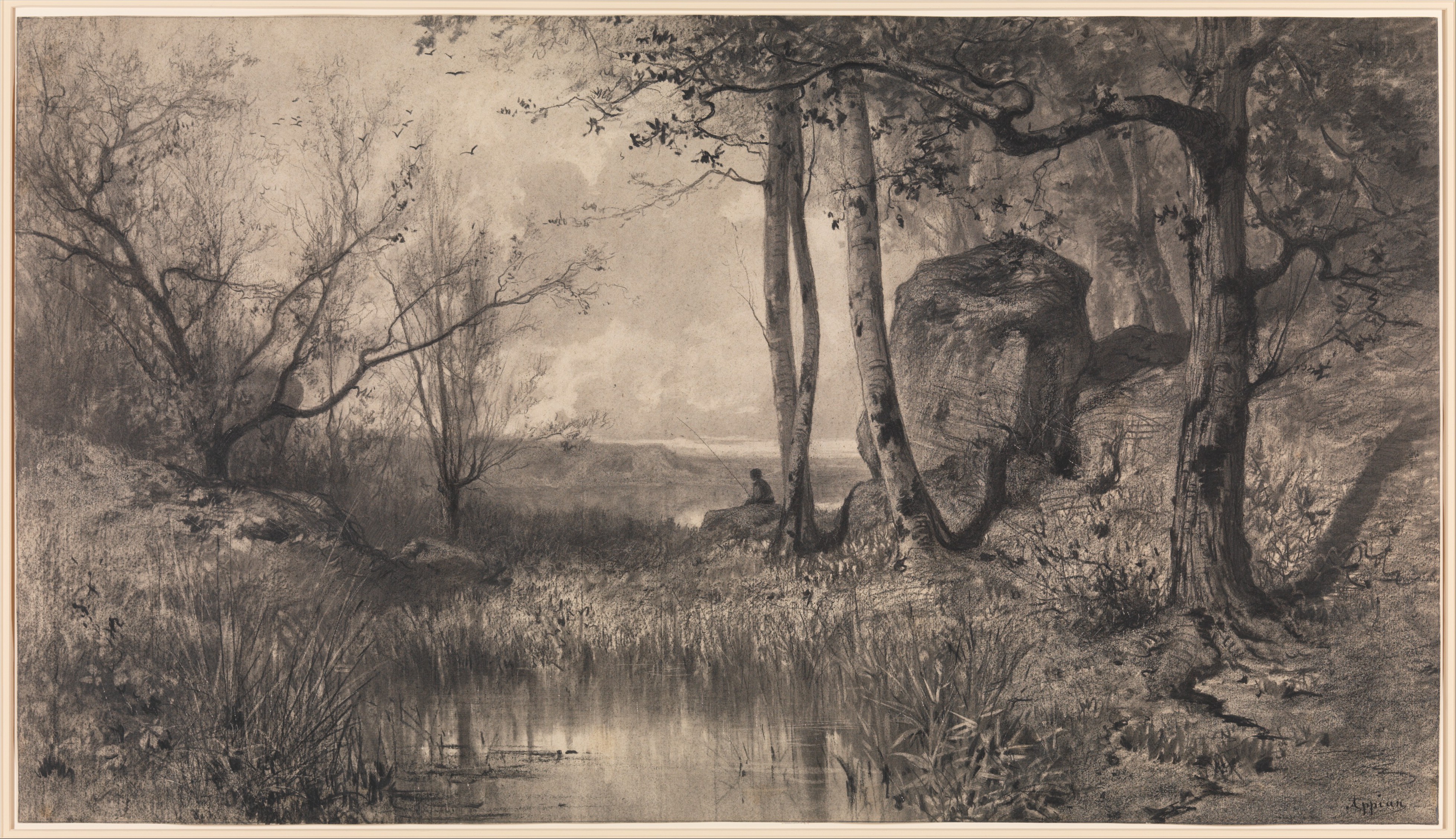
Artworks that explore the formal element ‘Tone’
TEXTURE:
Texture refers to the surface quality or feel of an object. Artists create texture through the use of different materials, techniques, or representations, adding tactile and visual interest. Texture can be created with mark-making and collage.
ARTIST LINKS:
Vincent van Gogh, Anselm Kiefer, Louise Bourgeois, Kate Malone, Gordon Cheung

Artworks that explore the formal element ‘Texture’
COLOUR:
Colour includes hues (the pure colours of the spectrum), tone / value (lightness or darkness), and saturation (intensity). Colour can evoke emotions and set the mood of a piece. Artists use colour schemes to make areas or subjects stand out more.
ARTIST LINKS:
Hiroshige, Jacob Lawrence, André Derain, Pauline Boty, Chuck Close

Artworks that explore the formal element ‘Colour’
SPACE:
Space is the area around, between, or within elements in a composition (layout). Artists use techniques like perspective and overlapping to create a sense of depth and space in their work. Some artists focus on the negative space of a subject.
ARTIST LINKS:
Salvador Dali, MC Escher, Antony Gormley, Rachel Whiteread, Alicja Kwade

Artworks that explore the formal element ‘Space’
PATTERN:
A pattern is a repetition of elements (shapes, lines, colors, etc.) often with a consistent spacing and sequence. Patterns are created by repeating elements in a recognisable and systematic arrangement.
ARTIST LINKS:
Yayoi Kusama, William Morris, Sarah Morris, Lalla Essaydi, Damien Hirst

Artworks that explore the formal element ‘Pattern’
Get art resources sent straight to your email:
Formal Elements Booklet

I created this Formal Elements booklet with the idea of having students create their own independent research project. I set it as a Christmas homework so they had 2 weeks to complete it.
I gave students the booklet and asked them to be creative in how they did their research – I was so impressed with what they produced, some created sketchbooks, design sheets and one even made a video diary!
The booklet clearly explains the task for students, and gives them ideas of how to present their research such as a mini sketchbook, comic strip, flip book etc.
Student responses to the formal elements research project:


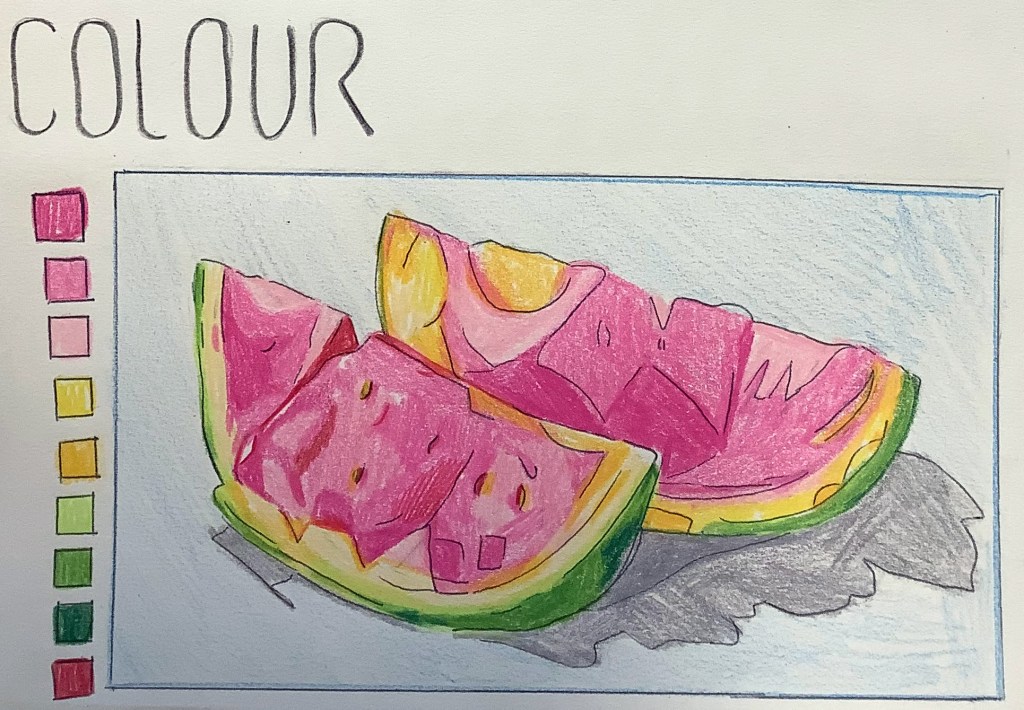

Download the Formal Elements bundle below:
Pay £2.50 and download the PDF booklet and PowerPoint presentation straight away. Please do not leave this page until you have downloaded your file!
The Formal Elements Research Project booklet includes:
- An explanation of what the Formal Elements are and how artists use them
- A task clearly explaining what students need to include in their research project
- A page dedicated to each of the Formal Elements
- Pictures (for students to cut out) illustrating examples of each element
- A definition of each of the Formal Elements
- A list of relevant artists on each page
- Ideas of what students can produce for their project


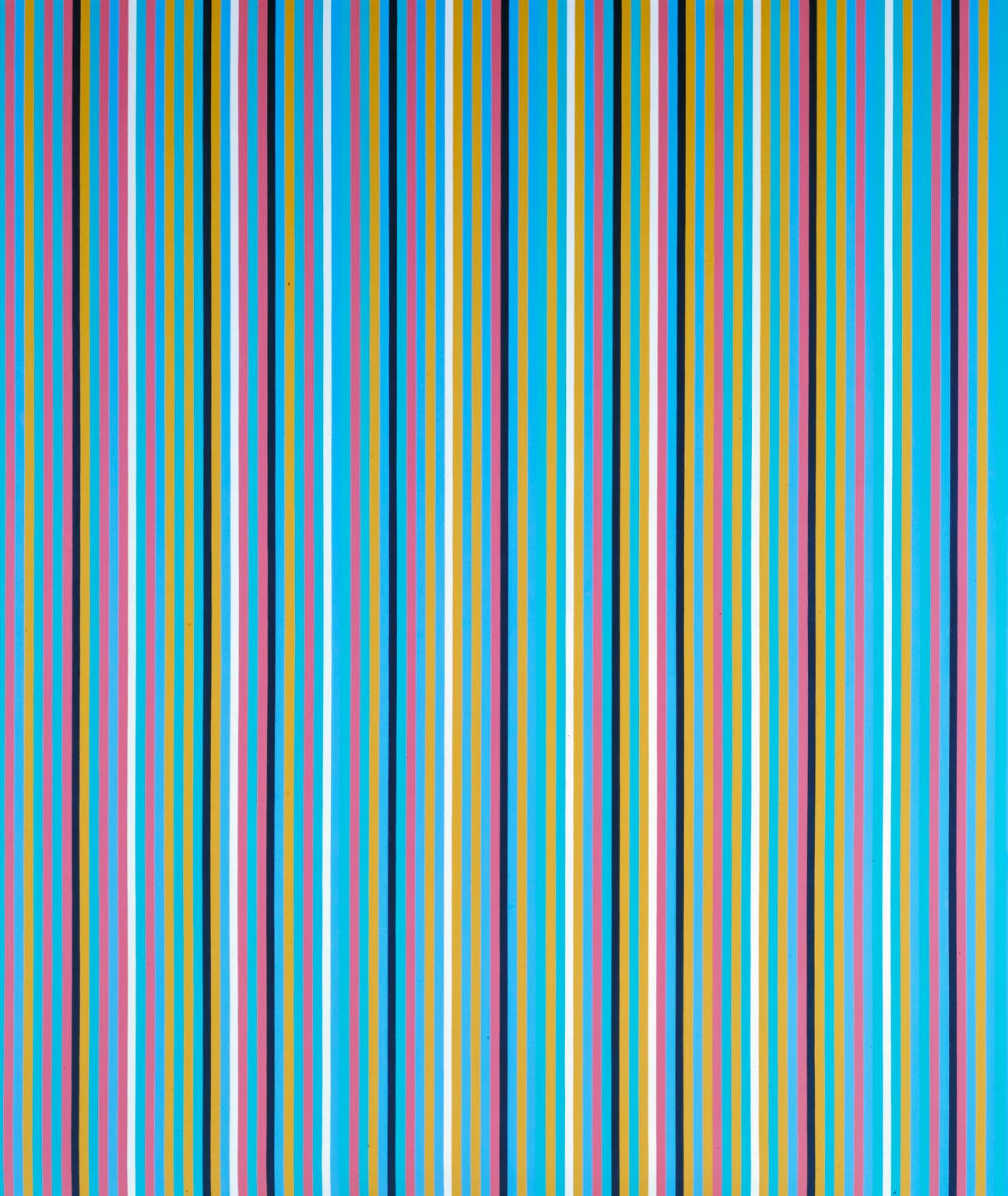

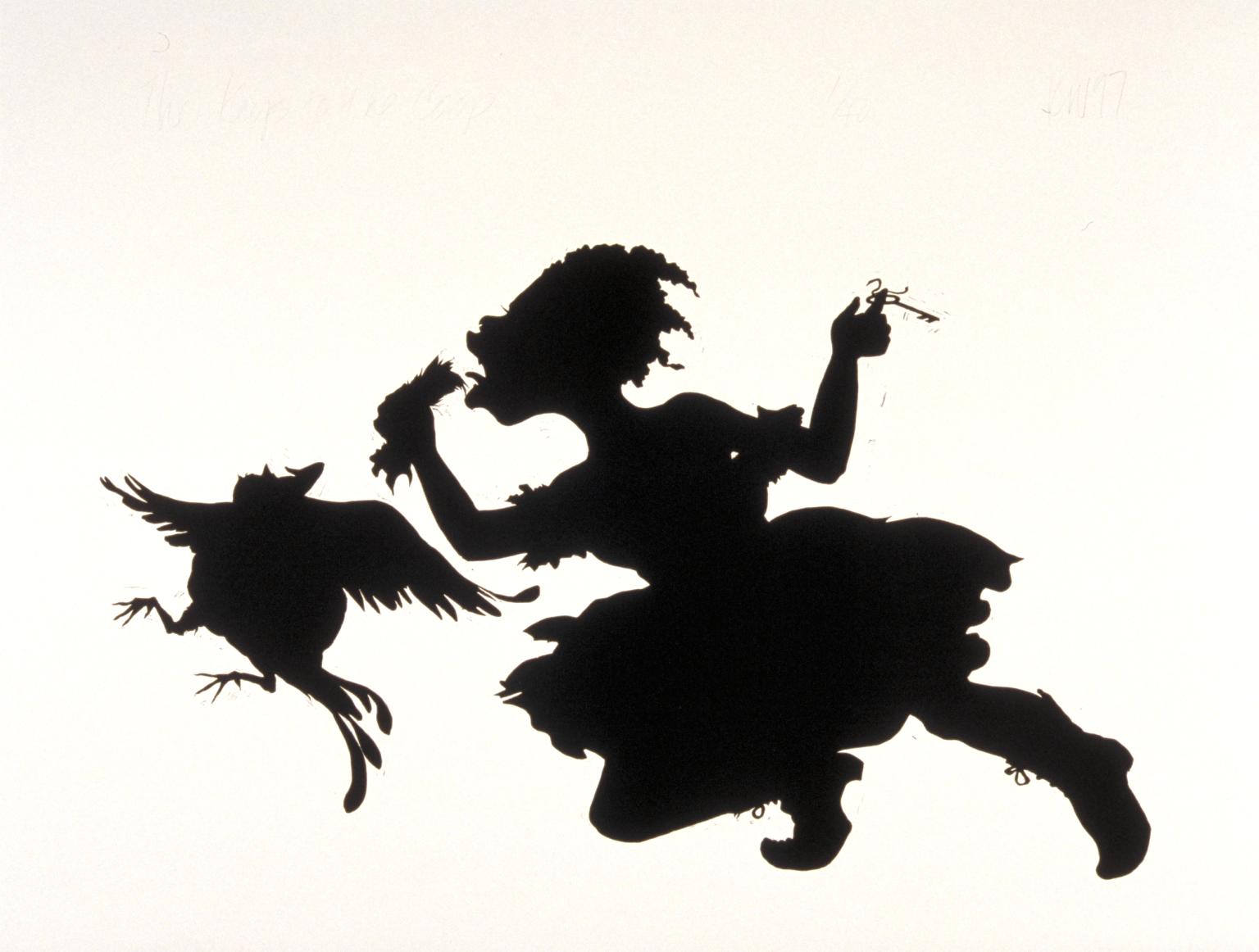

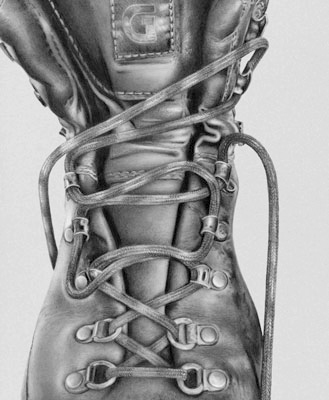


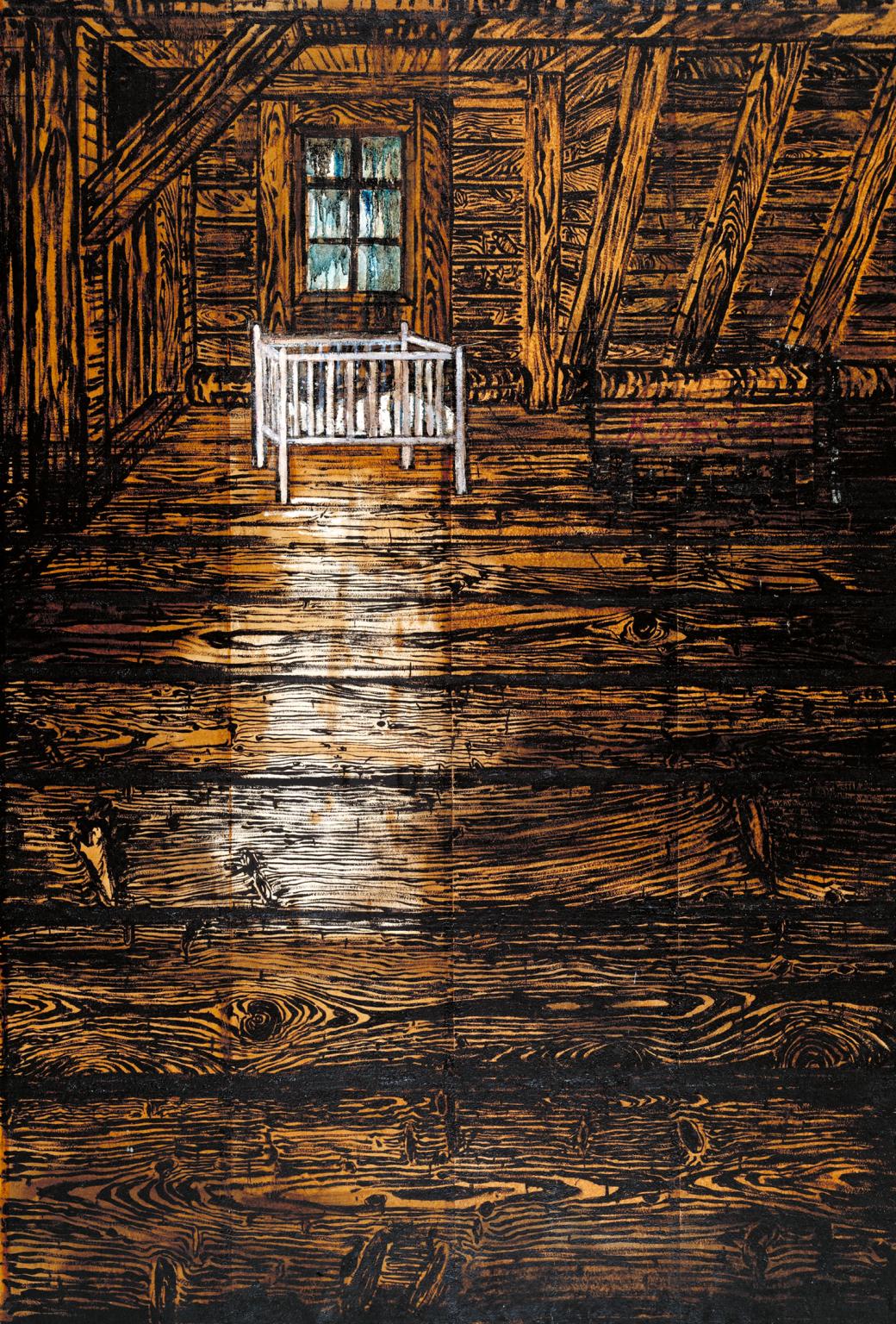





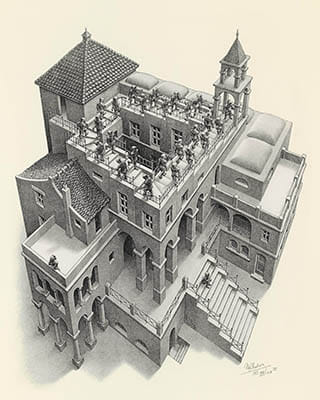
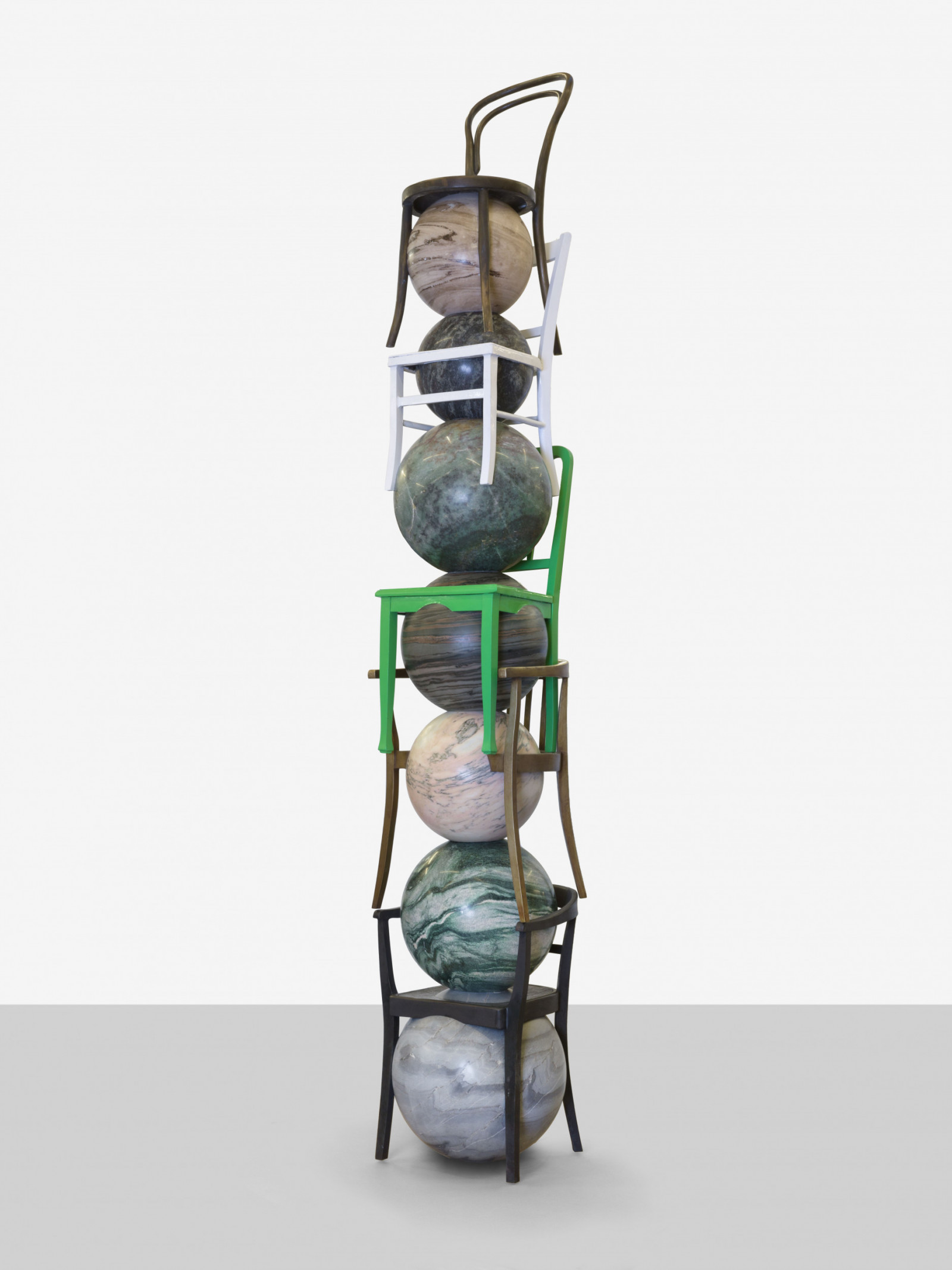
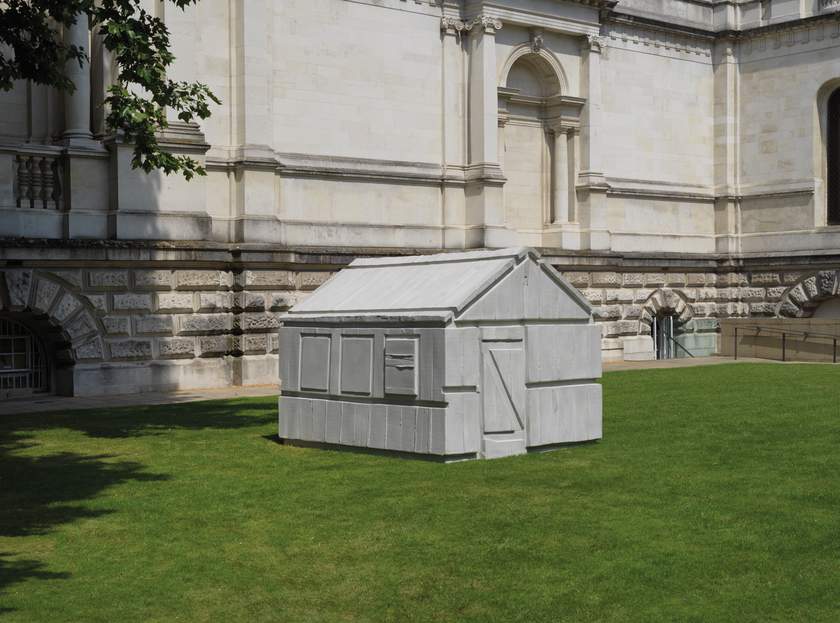


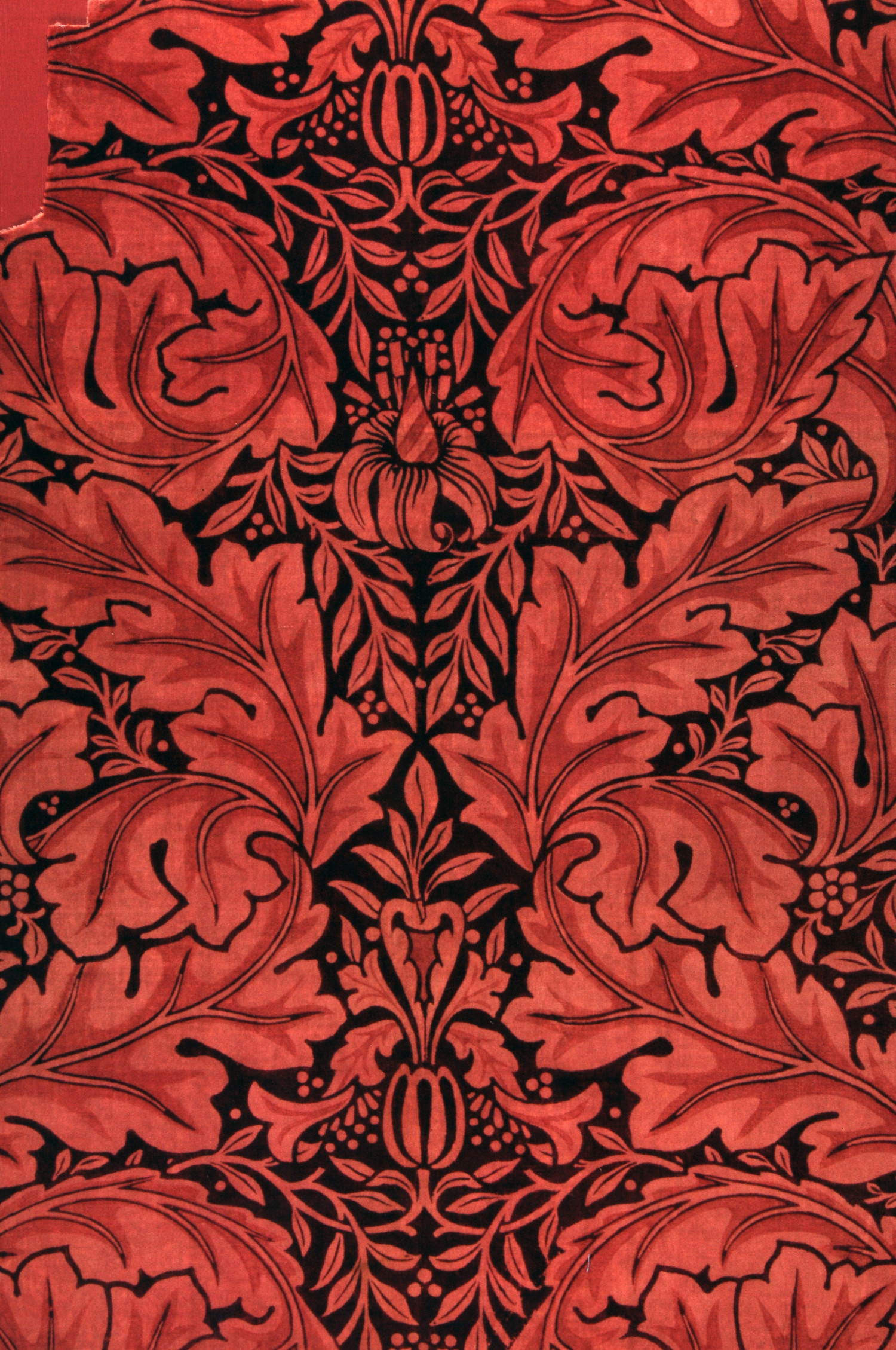


This is a fantastic resource!! 🙂
LikeLiked by 1 person
Thanks! Hope it’s useful for your students 👍🎨
LikeLike